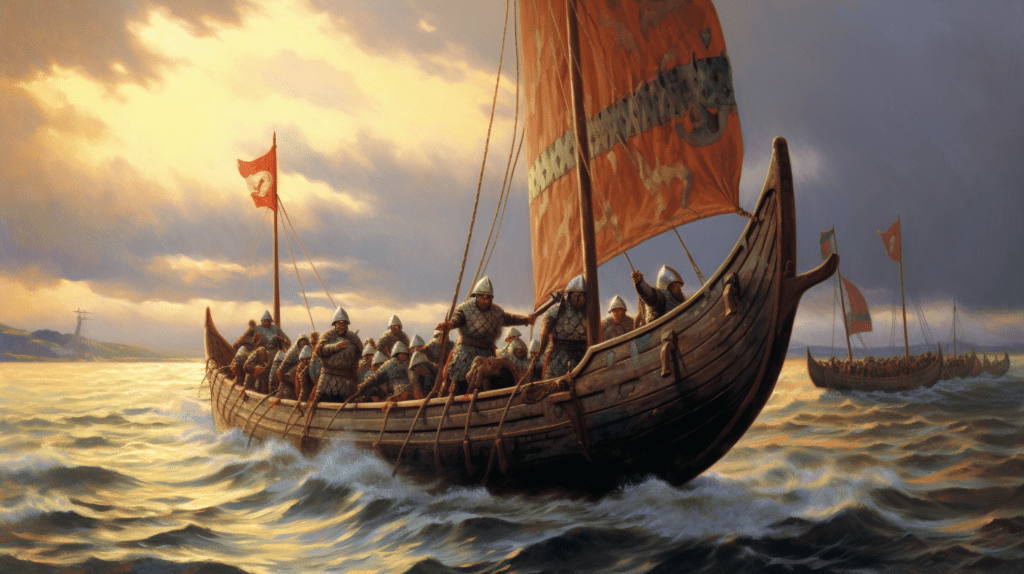On This Day, September 27, 1066, William, the Duke of Normandy, embarked on a momentous journey that would dramatically alter the course of English history. After being delayed by unfavorable weather conditions, William and his army set sail for the southeastern coast of England, initiating what would come to be known as the Norman Conquest.
William, later known as William the Conqueror, had laid claim to the English throne, spurred by the death of Edward the Confessor and the subsequent crowning of Harold Godwinson as King of England. William’s claim was based on a promise supposedly made by Edward, as well as a controversial oath Harold had taken years earlier during a visit to Normandy.
The Norman Conquest began with the landing of William’s forces at Pevensey on September 28, 1066. This marked the start of a military campaign that culminated in the pivotal Battle of Hastings on October 14, 1066. The battle, a decisive Norman victory, led to William’s crowning as King of England on Christmas Day, 1066. This event forever changed the linguistic, cultural, political, and architectural landscape of England. The Norman Conquest introduced Norman French influence into English language and culture, reshaped the English aristocracy, and led to significant architectural developments, including the construction of iconic castles and cathedrals.
